DOI:10.32604/cmc.2022.023553

| Computers, Materials & Continua DOI:10.32604/cmc.2022.023553 |  |
| Article |
Human Pose Estimation and Object Interaction for Sports Behaviour
1Department of Computer Science, Air University, Islamabad, 44000, Pakistan
2Department of Computer Science and Software Engineering, Al Ain University, Al Ain, 15551, UAE
3Department of Electrical Engineering, College of Engineering, King Faisal University, Al-Ahsa, Saudi Arabia
4Department of IT Convergence Engineering, Kumoh National Institute of Technology, Gumi, Korea
*Corresponding Author: Dong-Seong Kim. Email: dskim@kumoh.ac.kr
Received: 12 September 2021; Accepted: 16 November 2021
Abstract: In the new era of technology, daily human activities are becoming more challenging in terms of monitoring complex scenes and backgrounds. To understand the scenes and activities from human life logs, human-object interaction (HOI) is important in terms of visual relationship detection and human pose estimation. Activities understanding and interaction recognition between human and object along with the pose estimation and interaction modeling have been explained. Some existing algorithms and feature extraction procedures are complicated including accurate detection of rare human postures, occluded regions, and unsatisfactory detection of objects, especially small-sized objects. The existing HOI detection techniques are instance-centric (object-based) where interaction is predicted between all the pairs. Such estimation depends on appearance features and spatial information. Therefore, we propose a novel approach to demonstrate that the appearance features alone are not sufficient to predict the HOI. Furthermore, we detect the human body parts by using the Gaussian Matric Model (GMM) followed by object detection using YOLO. We predict the interaction points which directly classify the interaction and pair them with densely predicted HOI vectors by using the interaction algorithm. The interactions are linked with the human and object to predict the actions. The experiments have been performed on two benchmark HOI datasets demonstrating the proposed approach.
Keywords: Human object interaction; human pose estimation; object detection; sports estimation; sports prediction
In the digital era, technology is the most significant tool to ease daily human life. Artificial Intelligence (AI) is a vast field of technology used in various research developments of expert systems and computer vision. In automated systems, technology has progressed significantly in the last couple of decades towards the computerization of humans in several applications [1]. Human object interaction is a vast domain and it has many complexities in artificially intelligent systems. Moreover, in a recent study, psychophysicists declared that the understanding of an image or video in a single glimpse is not easy for humans [2]. Although all the social events have been categorized in different fields whereas each field consists of different circumstances. This variety of events requires different kinds of classification between human, object, scene, and background. Therefore, a lot of research has been done in the past and on humans and objects for understanding the events. To detect the human, the authors have considered the human first followed by differentiating it from the background and estimating the pose of the human. After this, they employ object detection and classification techniques.
Event classification and human-object interaction have been used in many applications such as surveillance systems, railways platforms, airports, and seaports where detection of normal and abnormal events along with detection for real-time data is critical [3]. However, there are massive challenges in the way of improving the accuracy of human-object interaction for sports and security agencies that need to identify daily activities [4], office work, gym activities, smart homes and smart hospitals, and understanding of activities in educational institutions. All human activity-based and smart systems need to understand the event and take a decision to arrange activities in a well-organized manner.
In this article, we proposed a unique method for HOI recognition using object detection via Gaussian Matric Model (GMM) and human pose estimation (HPE). We developed a hybrid approach for pre-processing images including salient maps, skin detection, HSV plus RGB detection, and extraction of geometrical features. We designed a system with the combination of Gaussian matrix model (GMM) and k-means to detect the human skeleton, draw ellipsoids of human body parts, and detect the object by a combination of k-means as well as YOLO. A combination of SK-learn and HOG was used for classification and activity recognition. We used two publically available benchmarks datasets for our model and fully validated our results against other state-of-the-art models. The proposed technique processes the data through four different aspects: unwanted components elimination from the image, extraction of hierarchal features, detection of an object based on some factors, and classifiers. In addition, the proposed methodology has been applied to publically available datasets: the PAMI’09 and the UIUC Sports datasets and obtained significant improvement in activities recognition rate over other state-of-the-art techniques.
The rest of the paper is organized as follows. Section 2 contains related work, Section 3 presents the architecture of the proposed model. Section 4 describes the performance evaluation of the proposed work, Section 5 discusses the proposed methodology. Section 6 reports related discussions. Section 6 concludes the paper and provides some future directions.
In this research article, we discuss human-object interactions using interaction algorithms over sports datasets.
Various researches have been done using different approaches to improve the labeling of scenes since it causes false recognition [5]. Designed the object recognition and representation methods that compare the overall pixels to understand the status of the image. Then, they match the kernel to understand the object properly. By combining two different techniques, the MRG technique and the segmentation tree, they show the contextual relationship with respect to detection of the edges by following the connected components [6]. In [7] the adopted an approach is to use depth maps for CRF modeling and system development for scene understanding using less bright images with a simple background. Classification is done on the basis of kernel features [8]. By using depth images, detection and localization of objects in 3D and foreground segmentation of RGB-D images are performed by [9].
2.2 Action Recognition via Inertial Sensor
In [10] the extended model of a semantic manifold by combining manually local contextual relationships and semantic relationships to classify the events. Many researchers considered the human object interaction detection by using object detection and human body detection. Human and object attention maps in that approach are constructed using contextual appearance features and local encoding. Only detection of object takes place instead of identication, Use of the complex in the term of time and computationally expensive because of the additional neural network inference [11]. Similarly; hierarchical segmentation proposed by [12] performed contour detection and boundary-detection techniques on RGB images. After the segmentation, a histogram of oriented gradient (HOG) is obtained along with the combination of deformable part model (DPM) for the object detection.
The proposed system based on pre-processes, segmentation and objects detection as initial steps in the input images. After the detection of an object from the image, the human has been detected using salient maps and the pose of the human body has been estimated using GMM [13]. After detecting the human and object, we compute the geometrical features from the segmented images including object centroid, object length, object width, and object acquired area. We take the extreme points of the object (extreme left point, extreme right point, topmost point, and bottom-most point) from the centroid of the object. Next, we apply naive Bayes to find the features from both techniques. On the other hand, from the human body, we detect SK features and full-body features from ellipsoids. Then, to symbolize the reduced features, we optimize the features and find human object co-occurrence. We optimize the features and find co-occurrence between human and object. Finally, the last step is the classification of the event. An overview of the proposed system is shown in Fig. 1.
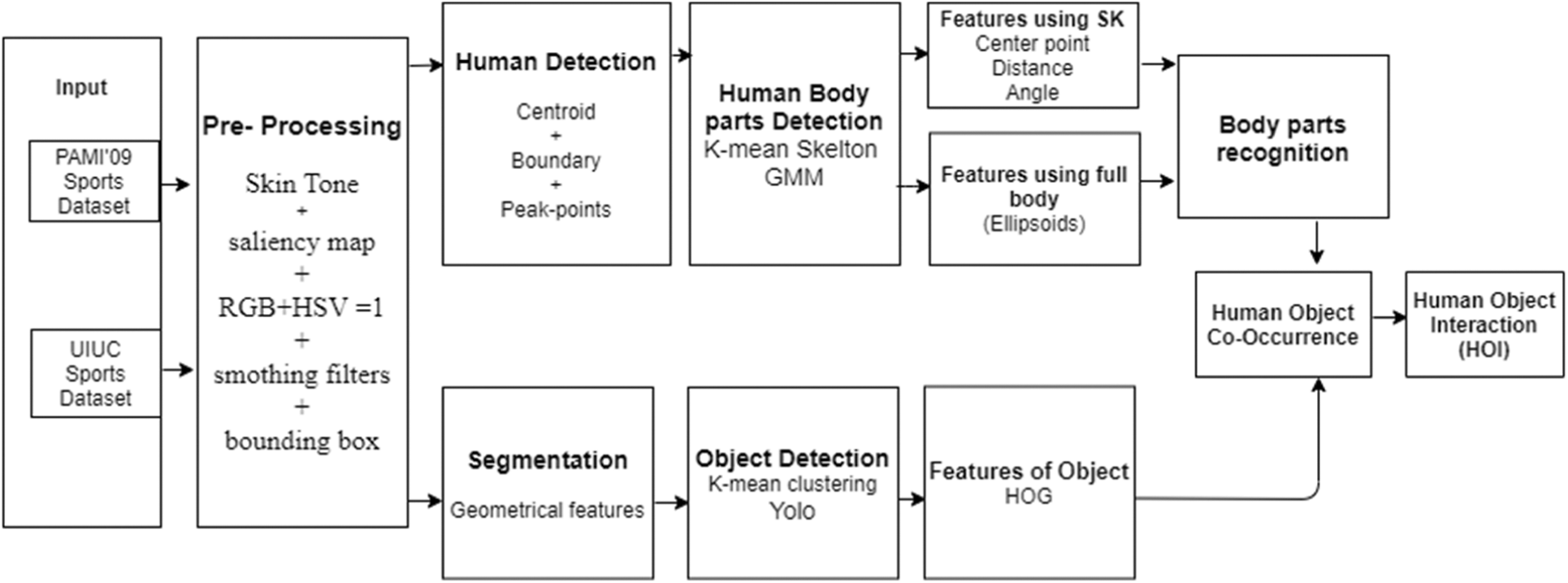
Figure 1: The system architecture of the proposed model of Human Object Interaction (HOI)
First of all, we need segmented noticeable regions to detect the human-object interaction. For this, we perform foreground extraction [14] and smart image resizing. We used the Salient maps method to extract the salient regions and salient object detection as shown in Fig. 2. Low-Rank and LSDM models extract the saliency maps and also capture tree-structure sparsity with the norm. For efficient results, we make partitions of the images and non-overlapping patches. The input image has been divided into
we extract the D dimension features for each patch

Figure 2: Steps of human silhouette detection. (a) Result of skin tone detection (b) result of salient region detection and (c) result of smoothing filters and bounding box
Therefore, we have designed an algorithm for the decomposition of feature matrix into
To enhance the silhouette extracted by saliency maps, we perform the segmentation via skin tone detection by using the color-space transformation approach [15] which is achieved by using heuristic thresholds. We extract some skin tone regions by using the YCBCR model. The values of the threshold are specified as R= 0.299, G= 0.287 and B= 0.11.
Through random thresholds of color space transformation, some enhanced regions are extracted. For the chrominance segmentation, we classify the skin and the non-skin regions into different parts precisely.
We applied filters and some manual thresholds on the foreground to make the resultant image accurate. We have applied a manual threshold to fill the holes and region connector for the small region connection. The threshold range of above 30 is considered as 255 and below 30 as 0.
These are the detection steps of human silhouette from images with 2 different techniques and in Fig. 2c both the techniques have been merged.
The segmentation of the human body leads to the extraction of active regions between human and object. We extract the centroid, obtain the boundary, and highlight the boundary points and eight peak points [16].
After the detection of one human body from an image, the spatial feature detection has been performed and the centroid of the human body has been found, which is a torso point Fig. 3a. This helps in detecting the human posture, leading towards finding the action.
We performed the boundary extraction algorithms to find the boundary and highlight spatial points on the boundary Fig. 3c. This leads to estimating the human body posture.
After boundary extraction, we find the peak point on the boundary Fig. 3d to estimate the human posture.

Figure 3: Detection of human body (a) Centroid (b) Boundary (c) Boundary points (d) peak points
The segmentation of objects leads to active regions between humans and objects [17]. We detected the objects using YOLO. Image classification along with localization on each matrix has been performed to predict the bounding boxes and probabilities for objects by extracting geometrical features.
In object segmentation to extract the spatial features, we extract four different extreme points and four features of length, width, centroid, and area of the region. These extracted points and features are in further processing, i.e., the parameter of rectangle or square and area of a rectangle (See Fig. 4). For the measuring of the distance between the x and y extreme points, we use Euclidean distance as
where,
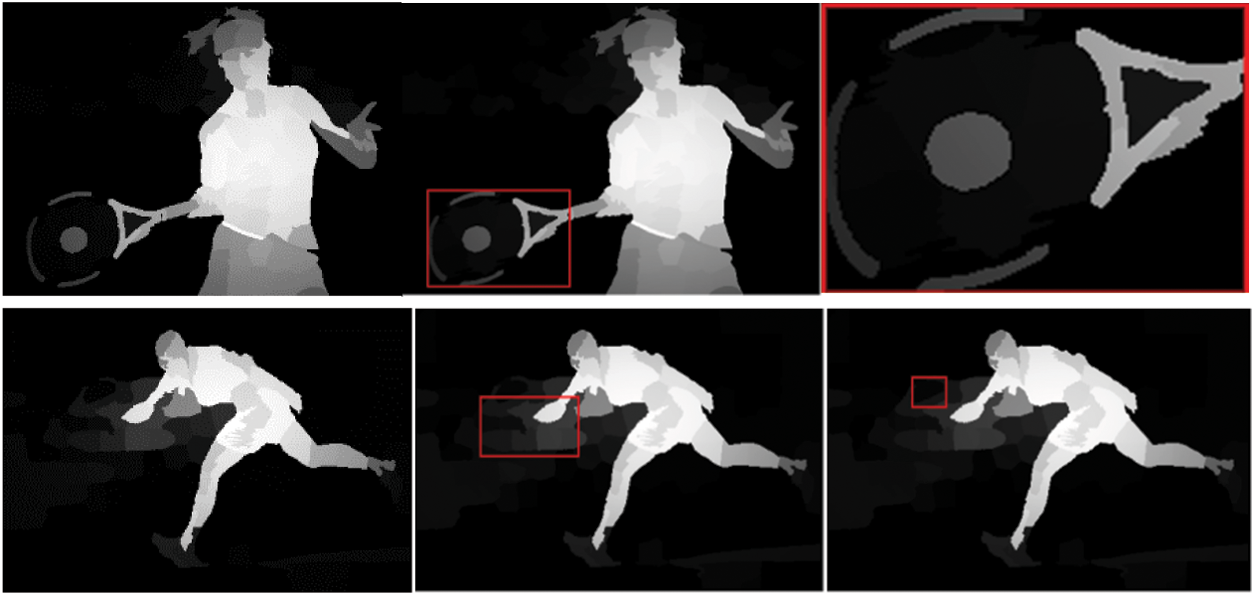
Figure 4: Detection of objects by using K-mean and geometrical features extraction
3.4 Human Body Parts Detection
The skeleton model has been used to detect the human silhouette and by using k-means clustering, circles have been drawn on the human body. GMM model has been used for the ellipse fitting on human body poses by using K number of fixed ellipses for performance prediction. GMM Ellipse fitting algorithm is responsible for drawing the K number of
We use skeleton tree by implementing compact representation for all the skeleton branches, we draw all the possible circles by using the tangent from the central branch. The compact and the lossless representation uses the medial axis transform (MAT) for the denotation of the centroid and the radius which represents the maximum inscribed circle and their coloring.
where
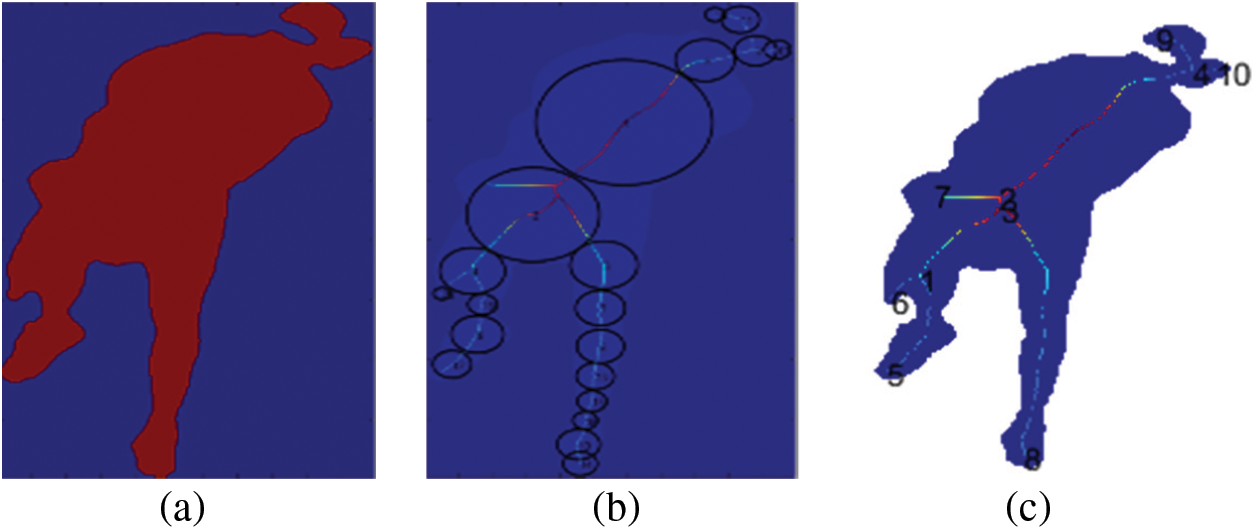
Figure 5: Estimation of skeleton for pose estimation by using skeleton model. (a) 2D image, (b) Medial Axis Transform and (c) Centroid of a circle that is tangent from the boundary
We used two novel approaches, Fuzzy C-Means and Random forest, for super-pixels and objects segmentation respectively.
First of all, clusters are the centroids for each object of the class and then randomly initialized. Feature vectors determine the dimensions of centroids and Euclidian distance is used for assigning the cluster for each object [18]. Additionally, the pixels are assigned to the clusters having the minimum distance from the centroid. These clusters are assigned to classes of objects and the object mean is calculated again to check the difference from the previous value, and the process continues until a constant value is obtained. Fig. 6 represents the clustering. We used 6 classes of PAMI’09 and 8 activities of the UIUC dataset's feature vectors divided into 6 and 8 clusters respectively, which is obtained by some primary steps. To calculate the area Å of a rectangle, we use extreme connected points and connect them to make a rectangle for the object segmentation. For the particular rectangle, the area Å is calculated as:
where

Figure 6: Similar-pixels clustering for object detection
3.5.2 Features Computation Using HOG
We performed segmentation on the images by using edge detection and preserved the edges and used HOG to improve the accuracy.
3.6 Features of Human Pose Using GMM
For the extraction of features, we draw ellipses on the human body using a fixed number of ellipses [19]. GMM is performed for computing parameters and best coverage for ellipses. We did this using a two-step method: drawing the ellipses using k-means and fixing the maximum number K.
The central skeleton is the medial axis as used for the tangent drawing on the boundary and is continuously changing. A 16-bit histogram is used for each circle and the radius of each circle is computed. The circular shape is defined using MAT-based histograms.
3.6.2 Fixing the Maximum Number K
A GMM model is used to draw the ellipsoids on the different body poses by a fixed number K of ellipses E of the image and to predict the performed activity accordingly [20]. GMM-EM algorithm is responsible for computing the parameters for a fixed number k of ellipses E that has achieved the best coverage


Figure 7: Detection of human body parts by using skeleton model and GMM (a) Ellipsoids from the circles on same centroids by covering all possible pixels (b) Sub-regions of GMM and (c) Limit the number of ellipses k = 12
3.7 Human Object Co-Occurrence
We apply a 3 × 3 convolutional layer to make the vector V as interaction vector of size
During the training process, the interaction points (IP) and the related human body and the object centroids have fixed geometric structures. While at the inference stage, our generated interaction-points (IP) need to be in grouped-form with the detection of object and their results (bounding-boxes of human-body and object). The points generated by using the interaction points p, center of human h, and center of object o imply a condition on the model:
In Fig. 8, it illustrates the interaction points grouping. It has 3 different inputs including the human body/object bounding boxes (green and red), the interaction points (redpoint) extracted from interaction heat maps, and interaction vectors (IV) in (red arrow) at the location of the interaction points (IP). The four corners of the (green) outlines of interaction boxes (red) are obtained by the given interaction points and the un-signed interaction vectors as shown in Eqs. (9)–(11).
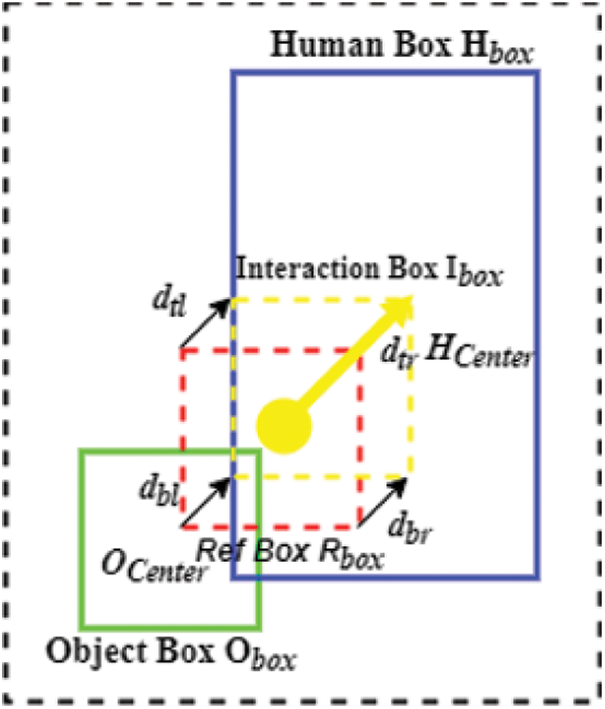
Figure 8: 3 × 3 convolutional layer is used to examine human-object interaction
Fig. 8 represents the procedure of finding the interaction between human and object. The three inputs, namely, the human body/object bounding-box from the object detection branch, the interaction vector is from the interaction points and it is predicted by the interaction vector branch [21]. The current human body/object bounding boxes and their interaction points are regarded as true positive human-object pairs.
Here,
For the prediction of interaction vectors, we compared point heat maps P from the ground-truth with the heat maps ^P of all inter-action points. All of these points are with the Gaussian kernel. We used the modified local loss which is proposed in for balancing the positive and negative values. Where Np represents the number of interaction points IP in the concerned image. The α and β points are the hyper-parameter points for the contribution of each point. For the interaction points prediction and interaction vector maps V prediction. We use the value of the un-signed vector
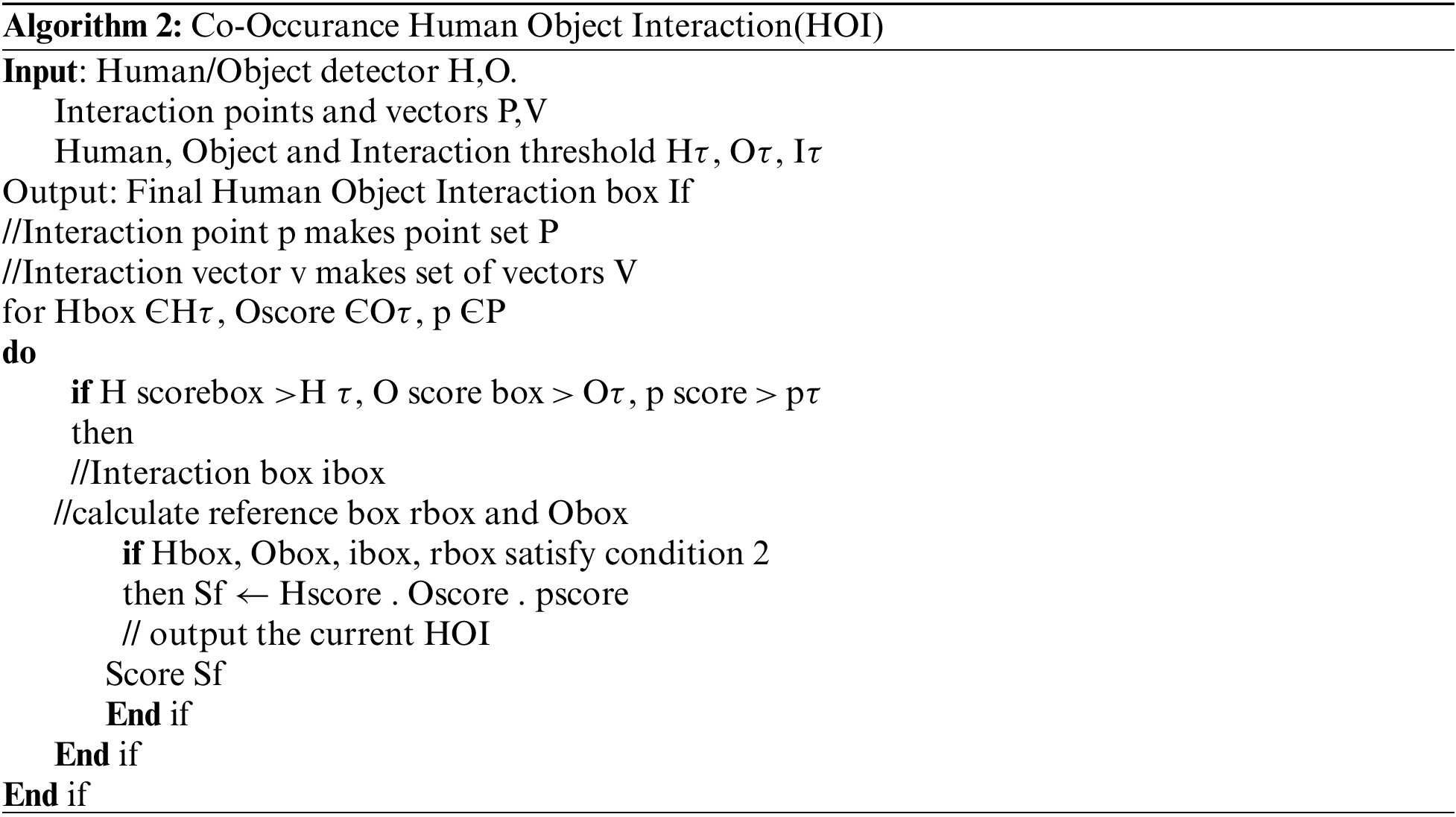
Meanwhile, we used the point heat map P and ground heat map
In (Eq. (14)),
where
Here,
This section is organized into five sub-sections. First, two benchmark datasets are described in detail. Second, results evaluation is discussed. Third, human pose estimation is discussed. Fourth, estimation of human-object interaction is explained, and fifth, our proposed work is compared with other state-of-the-art advanced deep learning techniques.
To evaluate the performance of the proposed system, we used images based benchmark datasets, namely, the PAMI’09 sports dataset and the UIUC sports dataset contains vast range of backgrounds and verity of sports. These datasets are further divided into testing sets for experiments and testing purposes. These two datasets have been used to detect human bodies and objects and to find the interactions between humans and objects. Both datasets are further classified into different classes of different sports and activities to recognize the different outdoor and indoor activities.
This dataset contains six classes and each class has thirty train, thirty ground truth, and twenty test images. The PAMI2009 dataset contains 480 images with few annotations [22]. Each class has 80 images including 30 images for training, 30 for ground truth, and 20 for testing. Each picture has been cataloged with 12 ellipsoids.
The UIUC sports dataset consists of eight sports activities. In each class, there are 100–240 images. This dataset is comprised of 2000 images, mainly of sportsmen and sportswomen [23].
For efficient results, the dataset has been provided to the Gaussian mixture models in batches of classes. To minimize reconstruction errors, we set the number of training samples according to cross-validation.
4.2.1 Experiment I: Human Pose Estimation
The accuracy of human pose estimation has been measured using Euclidean distance from ground truth [22] of the dataset, which is explained in Eq. (15).
where the ground truth of dataset X is the position of human body parts. D’ is the threshold, which is 12, and it is used to measure the accuracy between the ground truth and our model.
In Tab. 1, columns 2 and 4 represent the distances from the dataset's ground truth whereas columns 3 and 5 show the human body part recognition accuracies over the PAMI’09 and UIUC sports datasets respectively.

Tabs. 2 and 3 represent the mean accuracy of both the datasets respectively.


For human-object interaction (HOI) detection and prediction, we use Hourglass as a feature extraction method for pre-training. We randomly initialized the network for generating the interaction points and vectors. During the training of the system, we resize the input images to a resolution of 512 × 512. Standard data augmentation techniques have been employed and an Adam optimizer has been used for the optimization of the loss function during training. Through the testing phase, we perform the flip augmentation method to get final detections and predictions. Moreover, we use a batch with the size of 30 and a learning rate of 2.5.
For the detection branch, we go after the previously proposed HOI estimation methods and employ the Faster R-CNN method with the ResNet-50-FPN and pre-train it on the UIUC training dataset. To acquire the bounding-boxes at the inference, we have set the score thresh-hold for the human to be greater than 0.4 and for the object, it is
4.2.3 Experiment III: Classification of HOI
By following the standard evaluation and testing methods as performed in [24] to analyze our proposed approach, the results are assembled in the form of role-mean-average precision (mAProle). In role-mean-average precision (mAProle), we apply the HOI model and perform it in a way that if and only if one HOI triplet is rewarded as a true-positive when both of the bounding boxes have IoU intersection-over-union (union of interactions) greater than or equal to 0.5 with the labeled data (ground-truth) [25] and the linked interaction class is accurately classified. Firstly, we compare our proposed technique with other state-of-the-art techniques in the literature. Tab. 4 represents the comparison on the PAMI’09 and UIUC dataset. The existing approaches utilize human and object features in multi-stream architecture.

The work of denoted in Tab. 4 as DCA, introduces an interactive network to put on non-interaction suppression and reports with a mAProle of 48.3. Our technique achieves state-of-the-art performance by comparing it to existing techniques with a mAProle of 53.4. Fig. 9 shows that our results are improved by comparing them (mAProle of 53.6) in first pre-training our model on PAMI’09 and UIUC datasets and then fine-tuning and pre-training the model on both datasets.

Figure 9: Some results by using Human Object Interaction (HOI) model
4.2.4 Experiment IV: Qualitative Analysis of our Proposed System
Finally, after the classification and recognition of human lifelong activities those are performed in this phase. Tab. 5 shows the accuracy of different classes in the form of confusion matrix of PAMI'09 dataset with 90.0% of mean accuracy. This shows the significant improvement and better results from the proposed methodology.

After that, the classification and recognition of human activities are performed over the UIUC sports dataset set. Tab. 6 shows the accuracy of different classes in the form of confusion matrix of the UIUC sports dataset with 87.71% of mean accuracy, which shows significant improvement and better results from the proposed methodology.

We proposed a novel approach to estimate the HOI in images. Our approach refers to HOI estimation as a fundamental problem of research work in which we perform the pose estimation using skeleton model and GMM. After that, we detect the object by combining the features of K-means clustering and YOLO. Moreover, we generate the interaction points and interaction vectors by using key-point detection and pair those interaction points and vectors with the human and object by using the bounding boxes. HOI interaction was performed by using the HOI interaction group method. Through reference boxes and reference vectors, we estimate the interaction. Our experiments are performed on two HOI benchmark sports datasets, PAMI'09 and UIUC. Our approach outperforms state-of-the-art methods on both datasets with the accuracies of 90.0% and 87.71%, respectively.
In the future, we will extend the interaction vector concept by using multiple vectors from the interaction point to the human body and object to improve the results of our model. We also aim to implement this model in other applications and indoor HOI datasets.
Funding Statement: This research work was supported by Priority Research Centers Program through NRF funded by MEST (2018R1A6A1A03024003) and the Grand Information Technology Research Center support program IITP-2020-2020-0-01612 supervised by the IITP by MSIT, Korea.
Conflicts of Interest: The authors declare that they have no conflicts of interest to report regarding the present study.
1. A. Jalal, Y. Kim, S. Kamal, A. Farooq and D. Kim, “Human daily activity recognition with joints plus body features representation using kinect sensor,” in Proc. Int. Conf. on Informatics, Electronics & Vision, Fukuoka, Japan, pp. 1–6, 2015. [Google Scholar]
2. S. A. Rizwan, A. Jalal and K. Kim, “An accurate facial expression detector using multi-landmarks selection and local transform features,” in Proc. Int. Conf. on Advancements in Computational Sciences (ICACS2020, Lahore, Pakistan, pp. 1–6, 2020. [Google Scholar]
3. A. Jalal, A. Nadeem, and S. Bobasu, “Human body parts estimation and detection for physical sports movements.” in IEEE 2nd Int. Conf. on Communication, Computing and Digital Systems (C-CODE), Islamabad, Pakistan, pp. 104–109, 2019. [Google Scholar]
4. N. Khalid, M. Gochoo, A. Jalal, & K. Kim, “Modeling two-person segmentation and locomotion for stereoscopic action identification a sustainable video surveillance system,” Sustainability, vol. 1, no. 2, pp. 970, 2021. [Google Scholar]
5. X. Song, S. Jiang and L. Herranz, “Joint multi-feature spatial context for scene recognition on the semantic manifold,” in Proc. Int. Conf. on Computer Vision and Pattern Recognition, Beijing, China, pp. 1312–1320, 2015. [Google Scholar]
6. L. Li and L. Fei-Fei, “What, where and who? classifying events by scene and object recognition,” in Proc. Int. Conf.on Computer Vision, Rio de Janeiro, Brazil, pp. 1–8, 2007. [Google Scholar]
7. A. Jalal, S. Kamal and D. S. Kim, “Detecting complex 3D human motions with body model low-rank representation for real-time smart activity monitoring system,” KSII Transactions on Internet and Information Systems, vol. 12, no. 3, pp. 1189–1204, 2018. [Google Scholar]
8. S. M. Abid Hasan and K. Ko, “Depth edge detection by image-based smoothing and morphological operations,” Journal of Computational Design and Engineering, vol. 3, no. 3, pp. 191–197, 2016. [Google Scholar]
9. A. Jalal, I. Akhtar and K. Kim, “Human posture estimation and sustainable events classification via pseudo-2D stick model and k-ary tree hashing,” Sustainability, vol. 12, no. 23, pp. 9814, 2020. [Google Scholar]
10. R. Kirti and A. Bhatnagar, “Image segmentation using canny edge detection technique,” International Journal of Techno-Management Research, vol. 4, no. 4, pp. 8–14, 2017. [Google Scholar]
11. S. Gupta, P. Arbeláez, R. Girshick and J. Malik, “Indoor scene understanding with rgb-d images: bottom-up segmentation, object detection and semantic segmentation,” International Journal of Computer Vision, vol. 112, no. 2, pp. 133–149, 2015. [Google Scholar]
12. A. Jalal, M. Batool and S. B. ud din Tahir, “Markerless sensors for physical health monitoring system using ECG and GMM feature extraction,” in Int. Bhurban Conf. on Applied Sciences and Technologies (IBCAST2021, Islamabad, Pakistan, pp. 340–345, 2021. [Google Scholar]
13. M. Gochoo, I. Akhter, A. Jalal and K. Kim, “Stochastic remote sensing event classification over adaptive posture estimation via multifused data and deep belief network,” Remote Sensing, vol. 13, no. 5, pp. 912, 2021. [Google Scholar]
14. B. Martinkauppi, M. Soriano and M. Pietikainen, “Detection of skin color under changing illumination: a comparative study,” in Proc. Int. Conf. on Image Analysis and Processing, Mantova, Italy, pp. 652–657, 2003. [Google Scholar]
15. M. Shehnaz and N. Naveen, “An object recognition algorithm with structure-guided saliency detection and SVM classifier,” in Proc. Int. Conf. on Power, Instrumentation, Control and Computing, Thrissur, India, pp. 1–4, 2015. [Google Scholar]
16. A. Jalal, A. Nadeem and S. Bobasu, “Human body parts estimation and detection for physical sports movements,” in Int. Conf. on Communication, Computing and Digital systems (C-CODE2019, Islamabad, Pakistan, pp. 104–109, 2019. [Google Scholar]
17. J. -F. Hu, W. S. Zheng, J. Lai, S. Gong and T. Xiang, “Recognising human-object interaction via exemplar based modelling,” in Proc. Int. Conf. on Computer Vision, Sydney, Australia, pp. 3144–3151, 2013. [Google Scholar]
18. A. Jalal, M. A. K. Quaid and K. Kim, “A wrist worn acceleration based human motion analysis and classification for ambient smart home system,” Journal of Electrical Engineering & Technology, vol. 14, no. 4, pp. 1733–1739, 2019. [Google Scholar]
19. A. Arif and A. Jalal, “Automated body parts estimation and detection using salient maps and Gaussian matrix model,” in Proc. Conf. on Applied Sciences and Technologies (IBCAST2021, Islamabad, Pakistan, pp. 667–672, 2021. [Google Scholar]
20. S. Thual, A. J. Majda and S. N. Stechmann, “A stochastic skeleton model for the MJO,” Journal of the Atmospheric Sciences, vol. 71, no. 2, pp. 697–715, 2014. [Google Scholar]
21. D. K. Vishwakarma, “A Two-fold transformation model for human action recognition using decisive pose,” Cognitive Systems Research, vol. 61, pp. 1–13, 2020. [Google Scholar]
22. K. Buys, C. Cagniart, A. Baksheev, T. De Laet, J. De Schutter et al., “An adaptable system for RGB-D based human body detection and pose estimation,” Journal of Visual Communication and Image Representation, vol. 25, no. 1, pp. 39–52, 2014. [Google Scholar]
23. M. Pervaiz, A. Jalal and K. Kim, “Hybrid algorithm for multi people counting and tracking for smart surveillance,” in Proc. Conf. on Applied Sciences and Technologies (IBCAST2021, Islamabad, Pakistan, pp. 530–535, 2021. [Google Scholar]
24. M. Javeed, A. Jalal and K. Kim, “Wearable sensors based exertion recognition using statistical features and random forest for physical healthcare monitoring,” in Proc. Conf. on Applied Sciences and Technologies (IBCAST2021, Islamabad, Pakistan, pp. 512–517, 2021. [Google Scholar]
25. I. Akhter, A. Jalal and K. Kim, “Pose estimation and detection for event recognition using sense-aware features and adaboost classifier,” in Proc. Int. Bhurban Conf. on Applied Sciences and Technologies, Islamabad, Pakistan, pp. 500–505, 2021. [Google Scholar]
 | This work is licensed under a Creative Commons Attribution 4.0 International License, which permits unrestricted use, distribution, and reproduction in any medium, provided the original work is properly cited. |